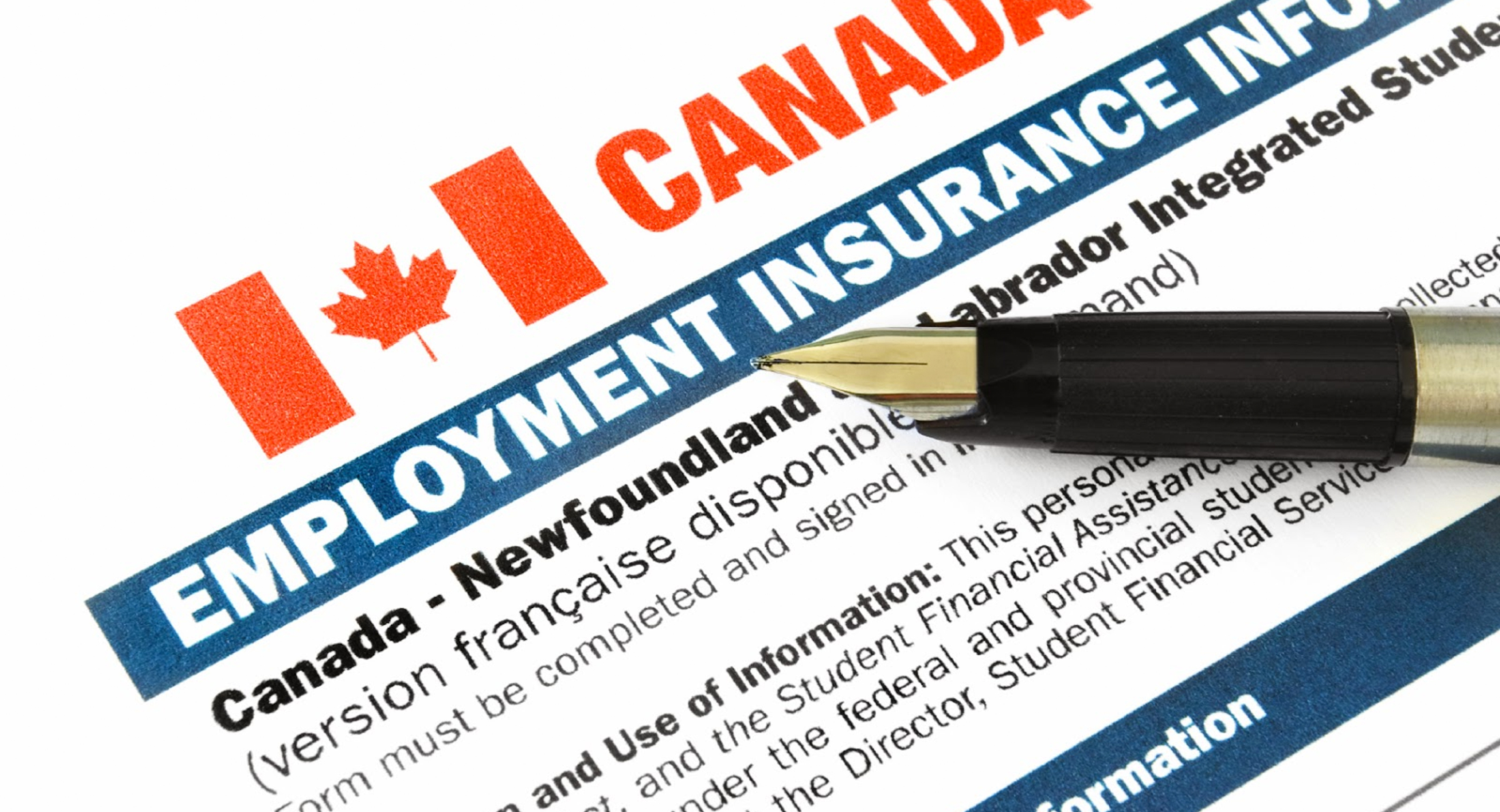By Fred Morris
After World War 1 and the Spanish Flu pandemic, the population of Canada’s urban centres surpassed the rural population. This led to increased problems in the urban workplace.
Politicians from across the political spectrum began to advocate unemployment insurance in order to provide Canadians with bridge income during employment interruption. The idea was included in the 1919 Liberal Policy Convention, the 1933 CCF Regina Manifesto, and the 1935 Bennett New Deal. One of the strongest advocates for EI was Paul Martin Sr. during his first term as a Liberal MP between 1935 and 1940.
In the late 1930s, the provinces unanimously agreed to let the federal government assume this responsibility. In August 1940, unemployment insurance finally became law.
Does the current EI fund have enough money to cover the costs of the COVID related unemployment?
Between 1940 and 1990, EI funding was split between the federal government, employers, and employees. In 1990, all EI taxpayer funding ceased. However, the federal government still makes the rules. Regional unemployment rates, the availability of other jobs, and quitting a job without just cause (whatever that means) are used as excuses for denying employment insurance.
Finance Minister Paul Martin Jr.’s 1995 federal budget speech stated, “A key job for unemployment insurance must be to help Canadians stay off unemployment insurance.” In other words, Mr. Martin Jr. thought that EI is really a payroll tax for employers and a second income tax for employees. The obvious difference between the principles of Paul Martin Sr. and the actions of Paul Martin Jr. indicates that the implementation of the EI has gone off the rails.
Recent federal governments have denied Canadians access to their own money.
In 2008, a large EI surplus created by the strict eligibility rules was diverted into general revenues. The total transfer was just under $58 billion. This amount represented almost three years of every cent put into EI by both employers and employees. In 2015, the Harper government transferred another $2.7 billion of EI funds into general revenues. Recent federal governments have misused EI funds.
EI should be a forced savings account administered by the federal government. The only role of the federal government would be to hold the employee’s contribution including their employer’s contributions on their behalf in trust until a ROE proves unemployment. The unemployed person should then be allowed use some or all of their forced savings account.
How much money would Canadians have if the EI system had been operating as a forced savings account since the EI became self sufficient in 1990. (No tax dollars)?? I will use three examples. Some of these numbers would be higher if we went further back.
I found accurate figures for my last 11 years of employment. During this time, I worked between 30 and 60 hours a week at one or two slightly above minimum wage jobs. My total contribution including the employers share was $11,404. If we assume proper indexing for inflation, I and my employers have contributed about $31,000 to EI in the last 30 years. In 2015, I unsuccessfully tried to claim EI when I was medically unable to work for five weeks.
How much has a person and their employer making the maximum annual insurable income (currently $54,200) contributed to EI? Let us assume that this person has not filed a claim. I took the figures for the past 22 years off the EI web site and extrapolated the numbers assuming proper indexing for the other eight years. This employee including the employer’s contribution on their behalf has contributed about $60,000 to EI.
Finally, all employees would have something. Many employees who pay but have no hope of ever collecting a cent could draw on their forced savings account. A student working at their first minimum wage summer job could get between $150 and $200. Working seniors could withdraw funds from their forced savings and not have their pensions subtracted from this EI claim clawing the EI benefit back to zero.
If the federal government had used EI as a forced savings account, some of the uncertainty and anxiety of thousands of suddenly unemployed Canadians would be lessened. They could draw on their forced EI savings for a few months before considering applying for tax payer funded supports.
Fred Morris describes himself as a political activist and sometime political candidate.

